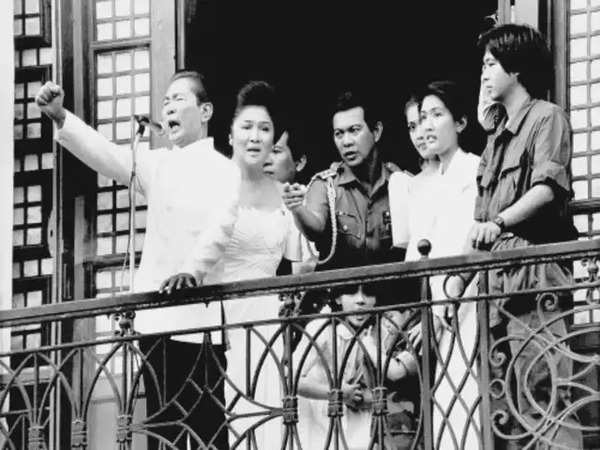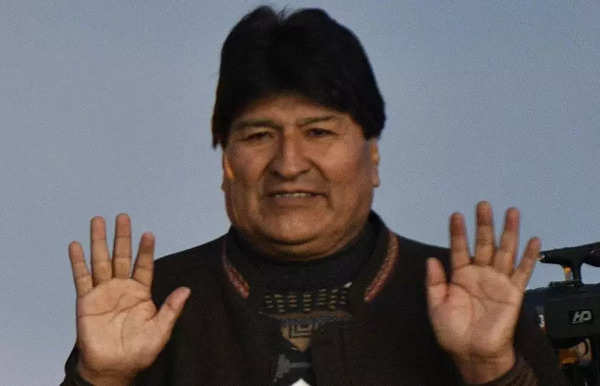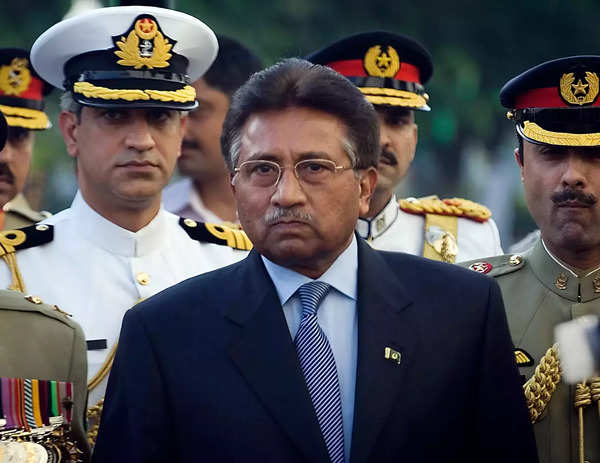We look at some examples from recent history.
Erich Honecker, East Germany
Country fled after German reunification, died in Chile
Erich Honecker With former President of India Neelam Sanjiva Reddy
Erich Honecker was the Communist leader of East Germany from 1971, and was among those in charge of the construction of the Berlin Wall in 1961.
Honecker ruled East Germany with an iron grip, and showed little sympathy for criticism or political dissent. He was steadfast in his loyalty to the Soviet Union, and strongly opposed the idea of a unified Germany.
An estimated 125 East Germans were killed while trying to cross the Wall in West Berlin during Honecker’s rule.
He was ousted from power in 1989 in the wake of sweeping democratic reforms in Eastern Europe. He fled to Moscow with his wife to avoid being tried for war crimes during the Cold War. But after the dissolution of the Soviet Union in 1991, he was deported back to Germany. On his arrival in Berlin he was detained and arrested.
Trial began in early 1993, but Honecker was released due to ill health and went to Chile to live the rest of his life.
Nikolai CeausescuRomania
escape from the roof by helicopter
Nicolae Ceauescu was Romania’s undisputed leader from 1965 until he was overthrown in a revolution in 1989.
Ceausescu’s government was considered one of the most repressive in Eastern Europe. His secret police were accused of mass surveillance, severe repression and human rights abuses.
His fall was swift, and happened overnight. In December 1989, an anti-communist wave was already spreading to nearby countries, and waves were being felt in Romania as well. By 21 December, most of the army had also joined the revolution.
A desperate Ceausescu tried to address a public gathering, but was faced with stones and missiles thrown at him, forcing him to retreat and take refuge in a secure building. He and his wife managed to get to the roof and escape by helicopter, moments before protesters ransacked the building.
But the army closed Romanian airspace and ordered their helicopter to land. Ceauescu and his wife were caught by the police and handed over to the army. After a short trial on 25 December, he was executed on charges of illicit money and genocide.
Ferdinand Marcos, Philippines
fled to America with huge amount of cash and jewelery

Ferdinand Marcos Served as the head of state of the Philippines from 1966 to 1986. He established an authoritarian regime that came under criticism for corruption and suppression of democratic processes.
Marcos’ later years in power were characterized by widespread government corruption, economic stagnation, continued expansion of economic inequalities, and the accumulation of unfairly acquired wealth by his family.
The Marcos regime was accused of political assassinations, forced disappearances and civilian genocide. His political rival, Benigno Aquino, was shot and killed in August 1983, when he got out of a plane on his way back from the US. This turned the mood against Marcos, and even divided the army into Marcos and opposition loyalists.
In late February 1986, Marcos and his family fled the Philippines on a US Air Force plane to Guam and then to Hawaii. His accompanying belongings included $717 million in cash, 300 crates of jewelery and more. He died in September 1989.
His son Bongbong is the President of the Philippines.
Evo Morales, Bolivia
returned from exile after being cleared of charges

Evo Morales Served as the first President of Bolivia’s indigenous origin from 2006–19. He is credited with introducing economic and social reforms.
He had to step down in the 2019 elections after an unclear mandate that led to allegations of manipulation, leaving him a small margin.
The audit of counting of votes was indicating fraud during the election. Morales stepped down in November 2019 to avoid aggravating the political situation. He was immediately offered asylum by Mexico, and a Mexican government plane flew him out of Bolivia. A few days later he was also granted asylum by Argentina, and went to that country.
An arrest warrant was issued against him for alleged treason and terrorism in Bolivia.
However, independent researchers later dismissed the audit report, alleging electoral fraud. In September 2020, Human Rights Watch said the allegations against Morales appeared to be politically motivated. The charges were dropped, and Morales returned after nearly 11 months in exile.
Pervez Musharraf, Pakistan
In self-exile, facing court cases and possible conviction

Pervez Musharraf’s exit from Pakistan was forced by court cases and possible conviction rather than by popular rebellion.
Musharraf became the chief executive officer of Pakistan after toppling the elected Nawaz Sharif government in a coup in 1999. He appointed himself as the President in June 2001 and held the position till August 2008.
However, several of his decisions proved disastrous—among them, the suspension of the Chief Justice and the siege of the Lal Masjid.
In November 2007, he declared a nationwide emergency and suspended the constitution. Supreme Court judges were arrested, and the media was heavily strangled. His popularity was waning.
The Pakistan People’s Party’s resounding victory in the 2008 elections meant that Musharraf had little support from parliament to remain as president.
In early August 2008, the two main political parties—the PPP and the Pakistan Muslim League (N)—began efforts to force Musharraf to step down. Since Musharraf was determined to continue in the chair, both the parties started parliamentary proceedings to impeach him.
He resigned later that month and left for London in November. He returned in March 2013 and faced judicial proceedings for the arrest of judges and other cases in 2007. He was barred from traveling abroad, but the ban was lifted in 2016. He has been living in Dubai since then.